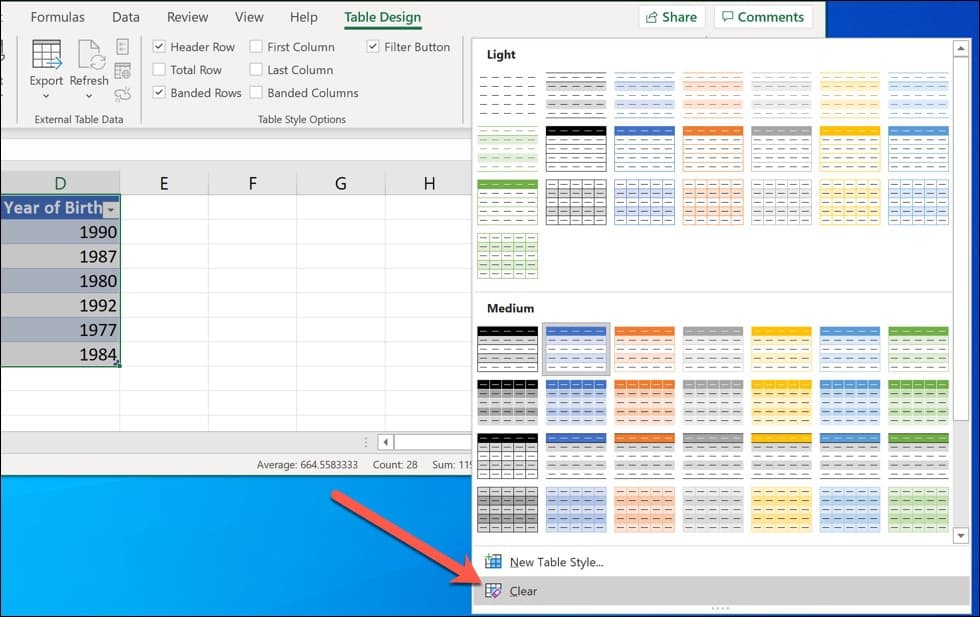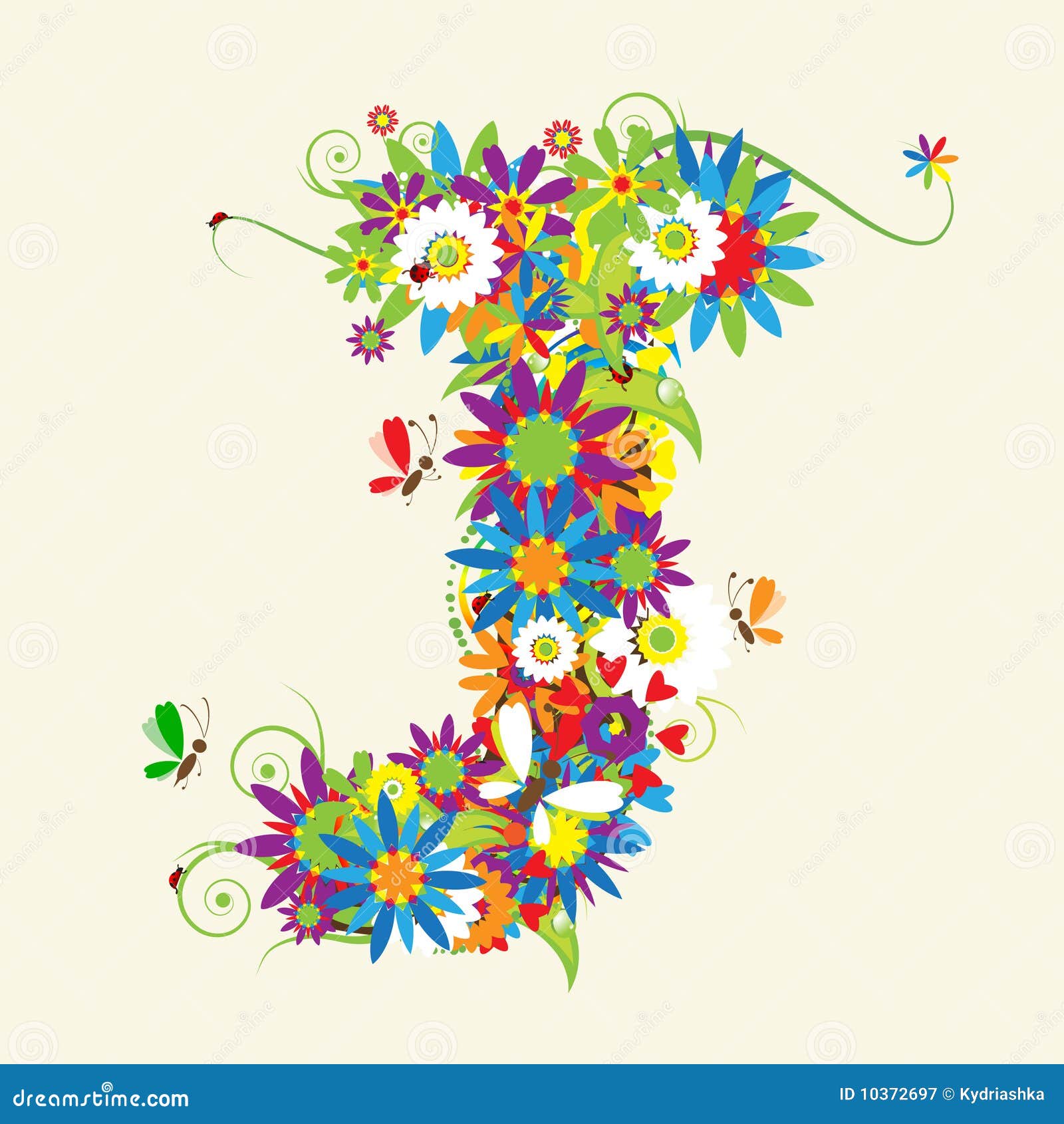Table Of Content

You can go to the Table Design tab and select other style options from the Table Styles section. Tables have a lot of great features and work well with other tools inside and outside of Excel, so you should definitely be using them with your data. This post is going to show you how to create a table from your Excel data. For more information, please see Structured reference in Excel tables. In other words, whenever you draw a table in Excel, it is a "dynamic table" by nature, and like a dynamic named range it expands automatically to accommodate new values. Excel table is a named object that allows you to manage its contents independently from the rest of the worksheet data.

Excel table: end-to-end tutorial with examples
New data in the table will automatically appear in the chart, and charts will exclude filtered rows by default. To use a table without formatting, select the first style in the styles menu, which is called "None". First, remove blank rows and make sure all columns have a unique name, then put the cursor anywhere in the data and use the keyboard shortcut Control + T. Using slicers with Excel tables makes data analysis more intuitive and interactive.
Fill formulas automatically
You can follow these steps to create a table from the Quick Analysis tools. When you are working with a large table that does not fit on a screen, the header row always remains visible when you scroll down. If this doesn't work for you, just be sure to select any cell inside the table before scrolling. Additionally, in Excel 2013 and higher, you can create a slicer to filter the table data quickly and easily. Table is one of the most powerful Excel features that is often overlooked or underestimated. You may get along without tables just fine until you stumble upon them.
Examples to Change Table Style in Excel
Tables are a very useful feature for your tabular data in Excel. If your data isn’t already inside a table, you can use the From Table/Range query to make a table. When you select any range Excel will show you the Quick Analysis options in the lower right corner. Select your data and press Ctrl + T on your keyboard to turn your dataset into a table.
Creating Custom Excel Table Style for Good-Looking
Top 7 Packages for Making Beautiful Tables in R - Towards Data Science
Top 7 Packages for Making Beautiful Tables in R.
Posted: Thu, 06 Oct 2022 07:00:00 GMT [source]
Creating multiple tables in your workbook can also be automated using either VBA or Office Scripts. The code will run and create all the sheets with tables in each sheet. Go to the Developer tab and select the Visual Basic command to open the visual basic editor. Then go to the Insert tab of the visual basic editor and select the Module option to create a new module to add your VBA macro. This will give you the option to create another table filled with the transformed data. Select the Table option and press the OK button to load the transformed data into a table.
Data tables are ideal for effectively presenting different types of data – such as costs, quantities, ratios, etc. – all in one place. Now, the bottom of each column has a dropdown option to add a total or another math formula. In the last row, click the dropdown arrow to choose an average, total, count, or another math formula. Subtotals are another great feature that make tables worth using. When you write a formula in a table, the formula is more readable and cleaner to review than standard Excel formulas.
How to Make Excel Tables Look Good (8 Effective Tips)
How to use slicers on formatted tables in Excel INTHEBLACK - INTHEBLACK
How to use slicers on formatted tables in Excel INTHEBLACK.
Posted: Tue, 01 Dec 2020 08:00:00 GMT [source]
Whatever method you choose, Microsoft Excel automatically selects the entire block of cells. You verify if the range is selected correctly, check or uncheck the My table has headers option, and click OK. Sometimes, when people enter related data in a worksheet, they refer to that data as a "table", which is technically incorrect. To convert a range of cells into a table, you need to explicitly format it as such.
This article is a summary of the things you should know about Excel Tables. Sometimes, when the text is short, you might prefer to centre it, or right-aligned to fit your table better. For presenting aggregated values, you should visually separate this from the rest of the data by either adding borders or colour. In the example below, I'm writing a formula to divide the Amount Billed by the Hours Spent to calculate an Hourly Rate. Notice that the formula that Excel generates isn't "E2/D2", but instead includes the column names. Go to the Automate tab and select the New Script command to open the Office Script Editor.
You can add filtering without using tables, sure—but with so many features, it makes sense to convert to tables instead. Once I add a new column in column G and press enter, the table automatically expands and all of the styles are pulled over as well. This means that the table has expanded to include these new columns. Once you press enter, the Excel table will pull the formula down to all of the rows in the table. I prefer the formulas that tables generate when creating calculations. Not only are they cleaner, but you don't have to pull the formula down manually.
Excel tables are a powerful feature that allows you to manage and analyze data in a structured and efficient way. In this chapter, we will explore what Excel tables are, the benefits of using them over regular data ranges, and how to create a table in Excel. Conditional formatting is a powerful tool in Excel that allows you to apply formatting to cells based on specific criteria. When working with tables, conditional formatting can be used to highlight important data, identify trends, or draw attention to specific values. One of the key features of the Table Design tab is the ability to customize the style and color of your tables. This allows you to tailor the appearance of your tables to suit your specific needs and preferences.
Table design in Excel is crucial for organizing and managing data efficiently. The Table Design tab provides a wide range of tools and features that can help users create and customize tables to their specific needs. By utilizing this tab, users can enhance the visual appeal and functionality of their data, making it easier to analyze and interpret. We encourage you to explore and experiment with the Table Design tab to take full advantage of its capabilities for effective data management.
Instead of spending time highlighting your data, applying background colors and tweaking individual cell styles, tables offer one click styles. I highly recommend embracing the keyboard shortcut (Ctrl + T) to create tables quickly. When you learn Excel keyboard shortcuts, you're much more likely to use the feature and embrace it in your own work. The screencast below is a guided tour to convert your flat data into an Excel table. I'll teach you the keyboard shortcut as well as the one-click option to convert your data to tables. Then, you'll learn how to use all the features that make MS Excel tables so powerful.

No comments:
Post a Comment